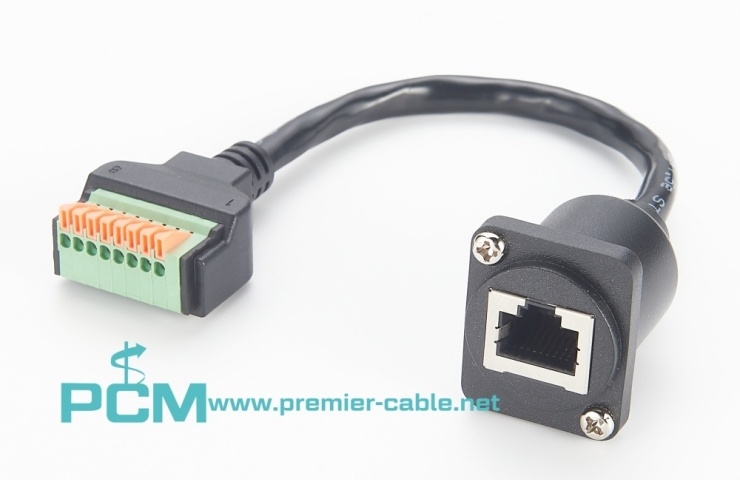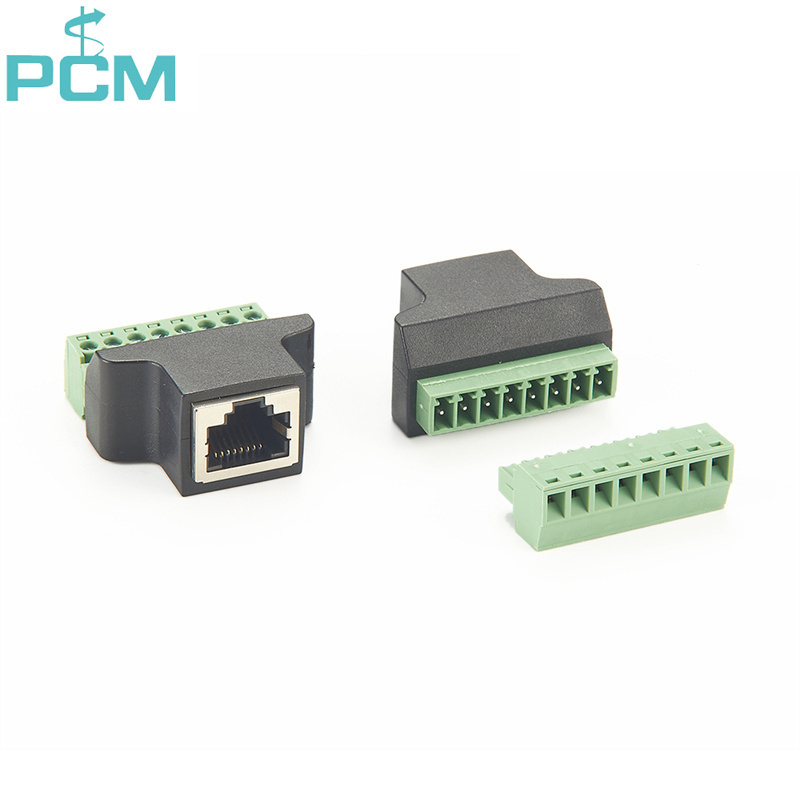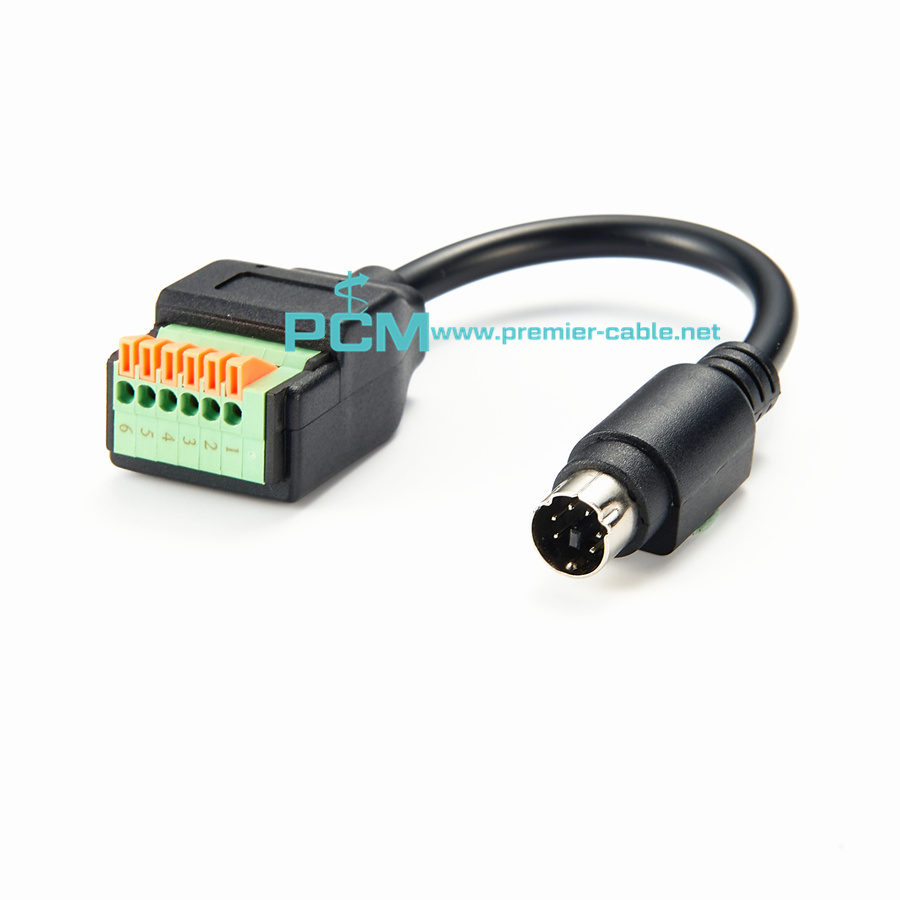 Esperanto
Esperanto
 Shqiptare
Shqiptare
 Euskara
Euskara
 Zulu
Zulu
 Latinus
Latinus
 Cymraeg
Cymraeg
 தமிழ்
தமிழ்
 Slovak
Slovak
 Slovak
Slovak
 Afrikaans
Afrikaans
News Center
What is a terminal block used for?
Publish:
2023-12-05 17:45
Source:
www.premier-cable.net
A terminal block consists of a modular housing and insulator that holds two or more wires together. Terminal blocks (also known as terminal connectors, connection terminals or screw terminals) are widely used in applications that require safe connection of electrical systems. They are ideal for designs that require secure, well-organized semi-permanent wire connections and can be easily replaced for on-site inspections or repairs.

Terminal type
There are many types of terminal blocks that can be used in your design. These are some of the most common:
PCB installation
PCB mount terminal blocks, often referred to as Eurostyle or wire-to-board terminal blocks, work by inserting bare wires into the module and then using clamps to secure the wires in the housing. The housing is then soldered to the PCB with a common footprint. PCB mount terminal blocks can be single, double or multi-layer modules.
Barrier Strips
These terminal blocks have screw-in terminals where a ring or spade terminal is attached to the wire and then a screw is inserted and tightened into the housing. Isolation tape is often used where vibration is a concern.
Feedthrough/DIN Rail
Feed-through terminal blocks are used to connect two wires together for a wire-to-wire connection. This terminal block type has one input and one output contact with two different wires feeding into opposite sides of the enclosure. Like the PCB mounted versions, these modules are also available as single, double or multi-layer modules. Feed-through is most commonly found in DIN rail mounting configurations. DIN rail terminal blocks are usually available as feedthrough or grounding types for wire-to-wire connections. They visually look the same as the feedthrough type, but instead of connecting the incoming wires, they ground them to the DIN rail or panel.


Prev
Next
Related News
What is a terminal block used for?
While there are many factors to consider when designing an overall system, terminal blocks are an optimal solution for complex electrical system connections. With a variety of color options and configurations, Premier Cable’ terminal blocks offer a range of options to meet your design challenges.
CAN-bus has been widely used in various automation control systems. For example, CAN-bus has incomparable advantages in various fields such as automotive electronics, automatic control, smart buildings, power systems, and security monitoring.
Introduction to M12 connector pin coding
M12 encoding types are A encoding, B encoding, D encoding and X encoding. A-code, B-code and X-code are some of the earliest developed and longest-available M12 connectors. The latest M12 coding types currently under development are K coding for AC and L coding for PROFINET DC.
Cables – What are the correct cable sizes for an NMEA 2000 network?
The three different sizes of NMEA 2000 certified DeviceNet standard cabling are "micro," "mid," and "mini."
What are the advantages of NMEA 2000?
The Premier Cable Starter Kits provide everything you need to get to create a basic NMEA 2000 network from scratch.
The role of DeviceNet terminal resistor
DeviceNet_network is a fieldbus network protocol based on Controller Area Network (CAN). In the DeviceNet network, the terminal resistor plays the role of compensation and protection for signal transmission. The function of the terminal resistor is to eliminate signal reflection and interference and ensure the signal transmission quality.
